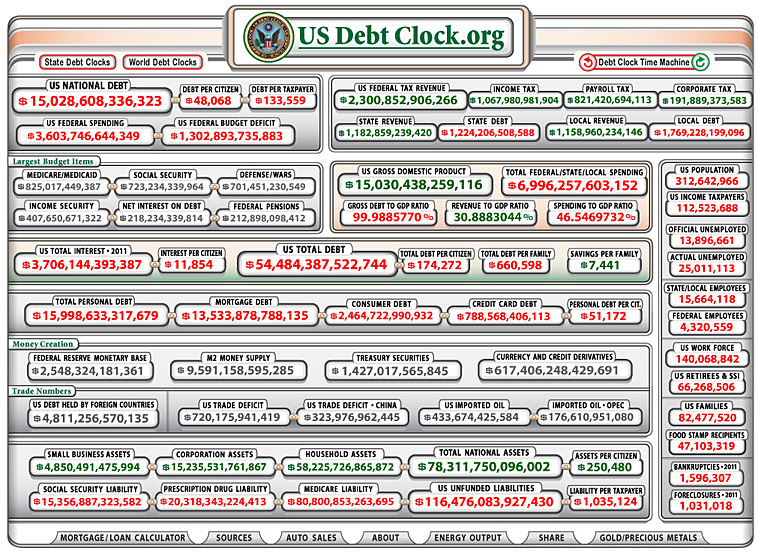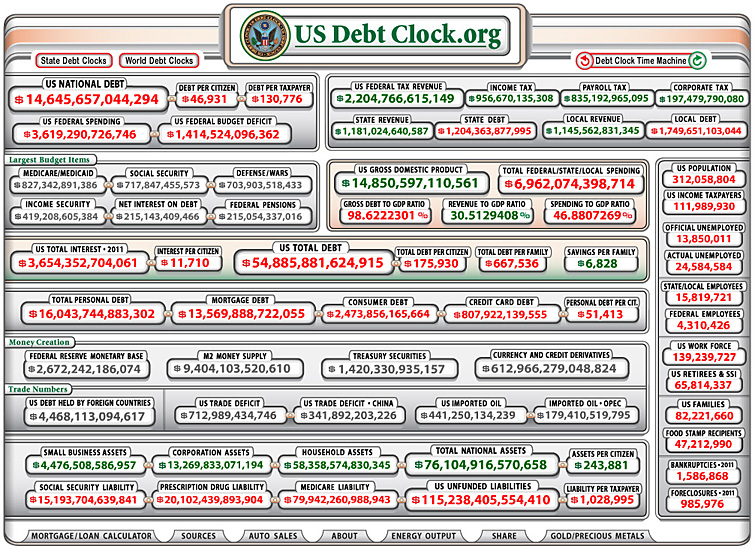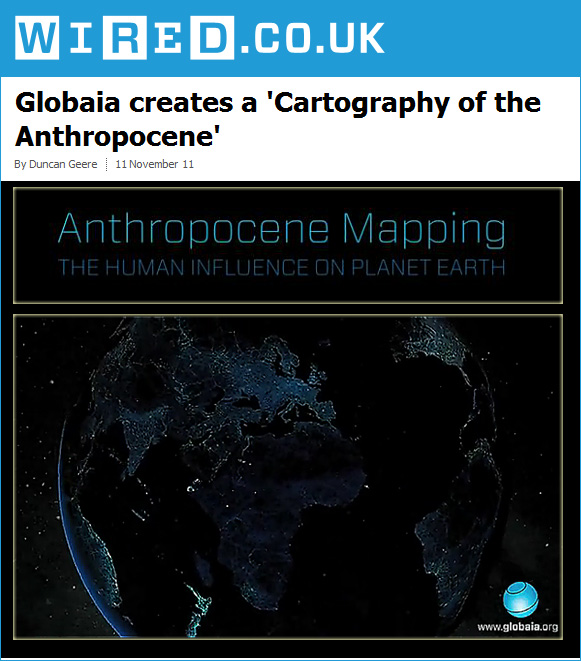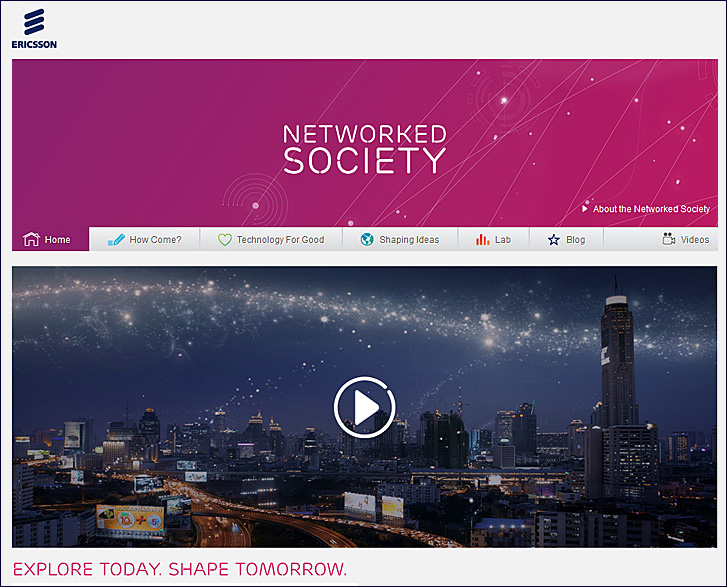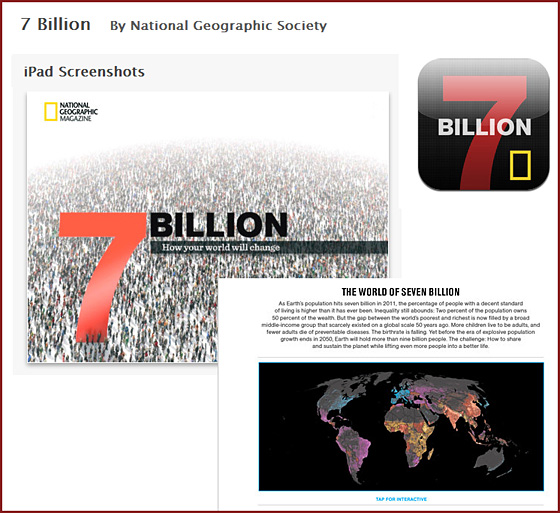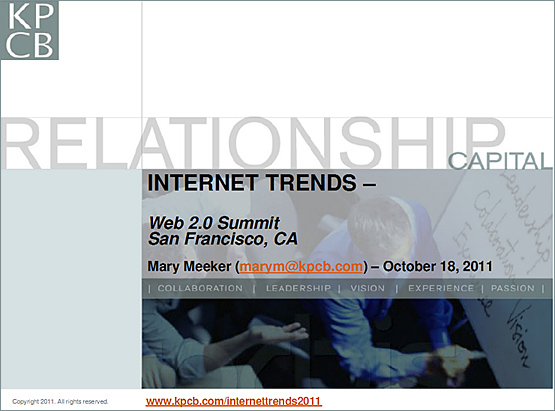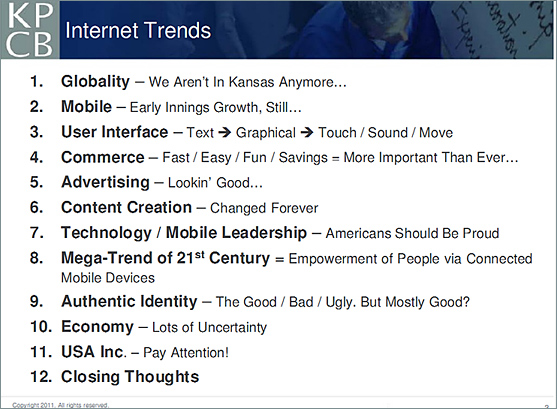————————————————-
October 7, 2011
————————————————-
10:05 AM – 87% of the respondents to the pre-conference survey believe that public universities will undergo major structural changes in the future.
————————————————-
9:15 AM –Two thirds of students graduating with 4-year degrees last year, owed on average $23,186 in student loans. CNN Money
Student loan debt has eclipsed credit card debt at $1.0 trillion and counting.
————————————————-
In 2010 Open Universities Australia grew 35%–the largest increase on record. The Australian
————————————————-
October 6, 2011
————————————————-
3:45 PM – 57% of people surveyed by Pew and the Chronicle say that the cost of college outweighs its value. Boston Magazine
Unemployment rate for people under 25 is 54% and 9 out of 10 college grads are planning to move back in with their parents. Boston Magazine
————————————————-
2:45 PM – Only 11% of respondents to the pre-conference survey believe that student readiness for college is stable or increasing.
————————————————-
2:00 PM – 100% of presidents and 75% of provosts and deans that responded to the pre-conference survey believe that faculty interactions with students will change significantly in the coming years.
————————————————-
1:00 PM – Stanford professor Thrun offered his, “Introduction to Artificial Intelligence” course online and free. 130,000 students signed up. —They will get the same lectures as students paying $50,000, same assignments, same exams, and, if they pass, “a statement of accomplishment”, but not Stanford credit. “Literally,” Thrun says, “we can probably get the same quality of education I teach in class for 1 to 2 percent of the cost.” The New York Times
————————————————-
12:25 PM – iTunes U online is running 300 million downloads a year, with 350,000 lectures offered by more than 1,000 universities worldwide. BBC News Oxford has 10 million downloads—130,000 per week. More than half the people using them are from the US and China.
————————————————-
9:45 am – 50% of respondents to the pre-conference survey believe that foreign universities will increasingly become competitors with U.S. universities for U.S. students.
95% believe that foreign students will be a major source of students in the future.
————————————————-
9:35 am – Did you know: global higher education enrollment increased 53% in the last decade?
Did you know: 20% of all college students in the world are studying outside of their home country.
————————————————-
October 5, 2011
————————————————-
5:00 pm – Pre-conference Survey:
- 90% of respondents to the pre-conference survey believe that state funding for higher education will continue to decline.
- 85% believe that federal funding for higher education will decrease in the future.
- 75% believe that public support for higher education is destined to decline as costs increase.
- 13% believe that public universities are well prepared to market their online programs effectively.









